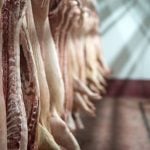
Tag Archives Horse Health
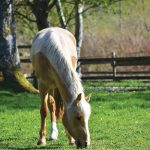
Why movement matters to horses
Regimented exercise cannot replace the natural gentle movements of grazing in an adequately sized paddock

Watch the whiskers and you’ll learn more about your horse
Horse Health: An animal’s whiskers are important sensory organs and trimming them could be a bad idea
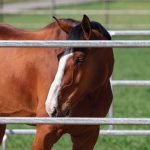
A lonely horse is often more prone to injury
Horse Health: Horses are social creatures and social isolation has been found to be among their strongest stressors

The use of honey in wound care of horses
Horse Health: The right kind of honey is key if you want to try this technique
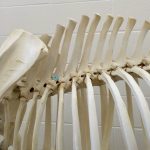
The value of a mounting block
Horse Health: Discomfort from mounting more common cause of issues than a horse with ‘bad manners’

Working with a bucking horse
Horse Health: There’s almost always a root cause for this behaviour that must be addressed first
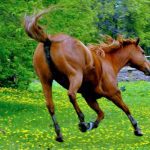
The seasonally ‘itchy’ horse
Horse Health: It’s not just humans that suffer through allergy season
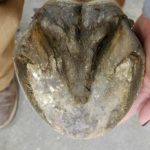
Forging the frog of the equine foot
Horse Health: This structure must be nurtured naturally for horse health

Shwetz: The equine weekend warrior
Overdoing it on the weekend is not only applicable to humans

Care required when introducing the horse to spring pastures
Horse Health: Too-rich forage before acclimation can lead to discomfort and health issues


